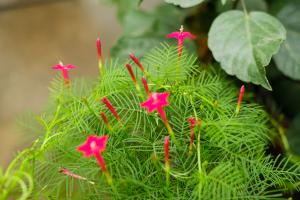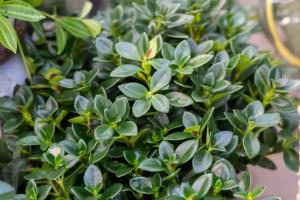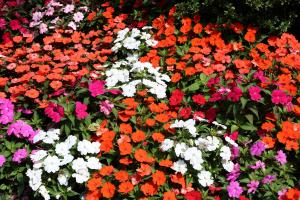Characteristics of Qu Mai
Still that sentence, only by understanding it can we better control it and cultivate it better. Most of the growing areas of Qumai are mountainous and hilly areas. It is also common next to streams and river valleys. Qumai has low requirements for soil. However, if it is really planted in a more fertile soil, it is better. In addition, Qumai has high requirements for water, so the soil can not care. However, when breeding, we must give Qumai enough water, so that the internal nutrition of Qumai can be reflected, So that Qu Mai can play its value

Fertilizer requirements for Qu wheat breeding
Qumai doesn't have very high requirements for soil, so generally speaking, it doesn't have very high requirements for fertilizer. At the beginning of the period, it only needs topdressing three times a year, and the fertilizer is applied once after sowing in autumn. At this time, Qumai has just been sown, the root system development is not very complete, and it can't absorb enough nutrients from the outside, so it needs to apply fertilizer once, and apply fertilizer again in winter. On the one hand, Fertilization in winter can ensure the supply of self nutrition of Qumai in cold winter. In addition, it can also play a certain role in keeping out the cold. When spring comes, fertilizer can be added for the last time

Drainage irrigation of wheat breeding
Either too much water or too little water is unfavorable to the normal growth of Qumai during breeding. Therefore, special attention should be paid to the drainage and irrigation of Qumai breeding. After sowing, there should not be too much ponding while ensuring that the soil is wet

Precautions for Qumai breeding
The most important thing to pay attention to in Qumai breeding is the problem of drainage and irrigation. Qumai has high requirements for water. Ponding may lead to rotten roots. If there is less water, it is not conducive to the normal growth of Qumai. Therefore, it is best to keep the soil moist without ponding


 jackfruit
jackfruit snake plant
snake plant hibiscus
hibiscus hydrangea
hydrangea lavender
lavender Green roses climb al...
Green roses climb al... If you don't pay att...
If you don't pay att... Management of four g...
Management of four g...


































